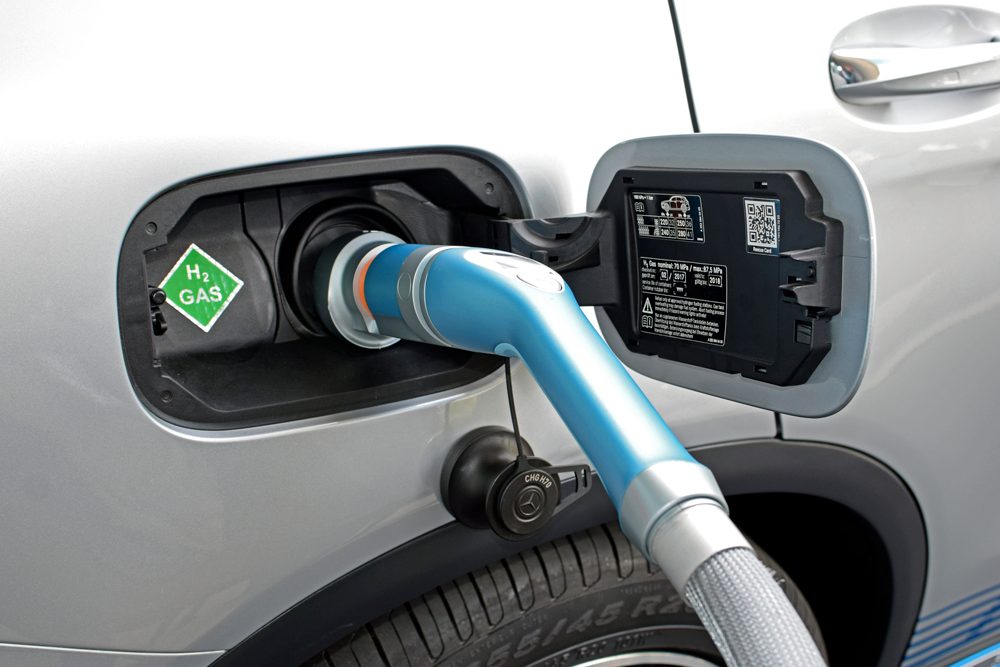Voluntary standards for hydrogen mobility

“ Hydrogen can become one of the pillars of a carbon-neutral energy model. This molecule, which contains a huge amount of energy, is set to become indispensable, given the extent of its properties: it can store electricity, power cars, recycleCO2, make industrial processes cleaner… “So spoke Nicolas Hulot on June1, 2018, when presenting his hydrogen deployment plan for the energy transition, organized around three main areas: creating a decarbonized industrial sector, developing renewable energy storage capacities, and developing zero-emission solutions for road, rail and river transport. A plan with a budget of 100 million euros, managed by ADEME, and deployment targets for both heavy and light commercial vehicle fleets.
The timing being right, this announcement comes just a few weeks before the publication of several voluntary standards, designed by and for players in this up-and-coming market, to help them apply best practices. ” These are the European and national versions of international ISO standards. They will be useful for implementing the 2014 European directive on alternative fuel refueling infrastructures, which requires the deployment of hydrogen stations (in addition to CNG, LPG and electric terminals) along the European Union’s road networks. In particular, to guarantee equipment safety and interoperability “Frédéric Solbes, secretary of AFNOR’s Hydrogen Technologies standardization committee, which brings together major industrial groups and small and medium-sized filling companies, explains.
NF EN 17127: for safe, interoperable charging stations
There are three founding voluntary standards. The first, NF EN 17127, covers gaseous hydrogen refueling stations. The second, NF EN 17124, specifies the quality characteristics of distributed hydrogen and the corresponding quality assurance, to ensure product uniformity for use in road vehicles equipped with proton exchange membrane fuel cells. The third, NF EN ISO 17268, covers connection devices for refueling land vehicles with hydrogen gas, defining their design, safety and operating characteristics. All three are due to be submitted to the European Committee for Standardization in August, with publication in the AFNOR collection to follow.
Like all emerging technologies, the hydrogen sector cannot develop without guaranteeing quality, safety and interoperability. In this respect, voluntary standards are an invaluable aid. But it won’t take off either if the ecological benefits of exhaust are cancelled out by upstream manufacturing conditions. Hydrogen is not found as such in nature. It has to be extracted from a more complex molecule, either water through electrolysis, or a hydrocarbon through a process called reforming. In a vehicle equipped with a fuel cell, the hydrogen produced is brought into contact with oxygen in the air to create an electric current and drive the wheels, with water as the only by-product. But if either of these processes is a source ofCO2, the system loses all its ecological interest: electrolysis can only be clean if it is carried out using decarbonized electricity, and in particular from renewable sources, and reforming only makes sense if the hydrocarbon used (propane, butane) is not of fossil origin.
In short, there can be no hydrogen mobility without a serious life-cycle analysis. An exercise also governed by voluntary standardization!
> Monitor the development of voluntary standards covering the hydrogen theme…
Getty Images/Tramino